|
For your reading pleasure today, I am featuring the Bush Stone-Curlew as the awesome animal. Why? Two reasons. First, because today is the release date of y new novel, Bridgers 1: The Lure of Infinity. Bridgers 1 is filled with strange birds, and the bush stone-curlew is definitely a strange bird. Second, we saw stone-curlews on our Australia trip, and I think they are, well, simply awesome. So what the heck is a Bush Stone-Curlew? The Bush Stone-curlew is a rather strange-looking bird with extremely long legs and large eyes. It is a predatory bird that lives in all but the driest areas of Australia, although it has decreased significantly in recent decades. Here is a photo of one of the bush stone-curlews we saw in northeast Australia: Amazing facts about Bush Stone-Curlews Stone-curlews are primarily predators. They hunt in areas where there are fallen leaves and sticks they can sort through and small logs they can pick apart. They do this to find a variety of insects, lizards, small snakes, crabs, and even rodents. They hunt mainly at night, which is why their eyes are so large (looking similar in some ways to owl eyes). Stone-curlews love to stare at their own reflections. This is an unusual behavior that has been observed on many occasions. In fact, stone-curlews have become brief social media stars when photos of them staring into windows have gone viral. Often they will become so transfixed with their own reflection that they will return to the same window day after day, standing motionless and staring for hours each day. This behavior can probably be explained by several facts. First, stone-curlews have a defense strategy that involves standing or squatting motionless. Perhaps when they see their reflection, they think it is another bird and they freeze. It could be a variation of the common bahavior of birds fighting with themselves in the mirror. Anyway, the photo below is a stone-curlew that kept returning to this window so regularly that a volunteer with Wildcare Australia put up this sign (it says: "I’m a bush stone curlew. I’m fine. I just like to stare at myself in the window."). Stone-curlews are rarely seen doing their courtship behaviors. Why? Because once they find a mate, they stay paired together for life... as long as 30 years! Their courtship behavior must be spectacular to see because those people who have been lucky enough to witness it have described it as a "glee party" and a "whistling concert." Speaking of the stone-curlew's call, these birds have sometimes been nicknamed the "screaming woman bird." Their call is a high, mournful, piercing shriek. This may be why aboriginal Australians have associated the bird with suicide and death. Check out this video of a stone-curlew calling. Curlews can also growl or hiss. When Trish and I came upon three stone-curlews at the edge of a soccer field, I tried to approach them to get a better photo. They responded by growling at me. This is a common behavior when they feel threatened. Check out this video of a growling curlew. As another means of defense, the stone-curlew will often freeze, apparently attempting to blend in with its background. The thing is, it tends to freeze immediately, even when it is currently in a strange position. So if you see a dead-still curlew standing on one leg or squatting, this is why. See photo below. Although stone-curlews have declined in much of their range (endangered in New South Wales, threatened in Victoria), they adapt very well to human presence in Queensland (northeast Australia). In Brisbane, they inhabit the shopping districts, hanging out without moving near shrubbery during the day, rarely noticed by all the people. And at night they happily feed on the insects and geckos that congregate around the bright lights. They have even been seen collecting cigarette butts and lining their nests with them, possibly because the nicotine acts as an insect repellent. Speaking of their nests, when stone-curlews feel that their nests are being threatened, they often spread their wings and raise a noisy ruckus to scare aware potential predators. See photo. So, the bush stone-curlew deserves a place in the G.A.H.O.F. (Gnarly Animal Hall of Fame). FUN FACT: The word gnarly first meant bumpy or twisted (as in, he has gnarly fingers). Eventually (particularly in surfing) it became a word to describe something very difficult or bad (he had a gnarly wipeout on that wave). And then finally, it came to mean very good. As in, that dude can do some gnarly guitar playing! So gnarly is another way to say awesome! Photo Credits:
Stone Curlew #1 - Stan C. Smith Stone-curlew staring at reflection - ABC News Stone-curlew freezing - David Cook - Canberra Birds Stone-curlew in threatening posture - Land for Wildlife
0 Comments
Trish and I are now wrapping up our Australian adventure. We spent a few days in Cairns, and one of the first orders of business was to hike the Blue Arrow trail at Mt. Whitfield Conservation Park. Why? Because this trail, as well as the last living cassowary to roam Mt. Whitfield park, were the inspiration for the title of my novella, Blue Arrow. Trish and I hiked this trail 23 years ago on a previous trip, back when the last Mt. Whitfield cassowary (also named Blue Arrow) was still alive. By the way, if you haven't read Blue Arrow, you're missing an important piece of the Diffusion series. It's an intriguing science fiction story, and it's a love story unlike any other. If we look a little sweaty in this photo, it might be because we had just come from cold April days in Missouri to the warm tropics. Or... maybe because we aren't as young as we were 23 years ago! Usually, I feature animals that appear in my books. But since Trish and I are currently exploring the northeast corner of Queensland, Australia, I've chosen an Awesome Animal that is an Australian icon. Nope, not a kangaroo... the WOMBAT! So what the heck is a Wombat? Besides being one of the coolest-looking mammals ever, wombats are chunky, muscular marsupials that live mostly in southeast Australia (although there is an isolated population in Queensland). They are diggers. They use their powerful forelimbs to dig extensive burrows. And they are herbivores, eating grasses, other herbaceous plants, and plant roots. It seems to me that they are the Australian marsupial version of the woodchuck (a large, chunky rodent that is common in the US). There are three species of wombats: the northern hairy-nosed wombat, the southern hairy-nosed wombat, and the common wombat (also known as the bare-nosed wombat). Amazing facts about Wombats Wombats like to dig. In fact, they can be destructive (as woodchucks can be in the midwest US). In 1906, the Australian government declared wombats to be pests and encouraged people to kill as many as they could. Bounties were even paid for the skins. Although that practice has stopped, the future of these creatures is uncertain, due to land clearing, habitat competition with cattle, roadkill, and other factors. The hairy-nosed wombat is almost extinct, with only about 100 individuals remaining in one National Park in Queensland. Wombats might be larger than you think. The common wombat typically weighs between 32 and 80 pounds (14 to 36 kg). The largest known wombat was Patrick. Patrick was a common wombat that lived its entire life at Ballarat Wildlife Park in Victoria, Australia. Patrick lived to 31 years of age and weighed a whopping 88 pounds (40 kg). Patrick was so popular that he had a Facebook page with 56,000 followers. Unfortunately, Patrick died in April of 2017. See photo of Patrick below. Wombats reproduce slowly. Females give birth to only one baby (called a joey) every two years. Like other marsupials, the babies develop outside the body instead of inside. A wombat joey is born the size of a jellybean, and then it crawls to the mother's pouch and attaches to a nipple. In the pouch, it will grow for six months before it even detaches from the nipple and peeks out at the world. It stays in the pouch for up to 10 months, and it continues to return to the mother to feed for up to 15 months (which I suppose is why they have only one baby every two years). Now, here's the really unusual part. You know how kangaroo pouches are on the front side of the mother kangaroo? Well, wombat pouches open up to the rear. This is to prevent dirt from filling up the pouch as the mother digs. Wombats produce cubic poop. Yep, you read that right. They poop out square poo. Why? Well, it has to do with how wombats use their poo. Wombats are territorial, and they mark their territories by leaving chunks of poo in carefully-selected places. Often they leave chunks on top of rocks and logs so that other wombats will find them more easily. So... it is thought that the poo is square so that it will not roll out of place. If the poo rolls out of place, the other wombats may not find it, and then the wombats will get into a nasty fight. And no one wants that to happen, right? Check out this brief video that explains wombat square poo. Wombats have big, tough butts. The reason why? because of dingoes, foxes, and Tasmanian devils. These are the main predators of wombats. And when a wombat is being attacked, it will dive headfirst into a tunnel and block the opening with its rear end. Wombats have really thick, tuff skin on their butts. So tough, in fact, that predators can rarely chew through it. The wombat's rather large rear end has become somewhat of a cultural thing. For example, a statue called Fatso the Fat-Arsed Wombat became the "unofficial" mascot of the 2000 Sydney Olympics. Fatso appeared on top of a pole outside Sydney's Stadium Australia. See photo below. So, the wombat deserves a place in the B.A.H.O.F. (Blastastic Animal Hall of Fame). FUN FACT: The word Blastastic is a mash-up of fantastic and blast. As in, "I had a blastastic time last night!" I'm not sure when this term was first used, but there is a computer game called Blastastic Love Story, and I found several other references to the word. That's enough to convince me the word is real. Besides, I like the way it sounds. So blastastic is another way to say awesome! Photo Credits:
Wombat on log - Australian Reptile Park Patrick, the oldest Wombat - Reddit Pics Wombat Joey in Pouch - San Diego Zoo Fatso the Fat-Arsed Wombat - Wikipedia |
Stan's Cogitations
Everyone needs a creative outlet. That's why I write. Archives
July 2024
|

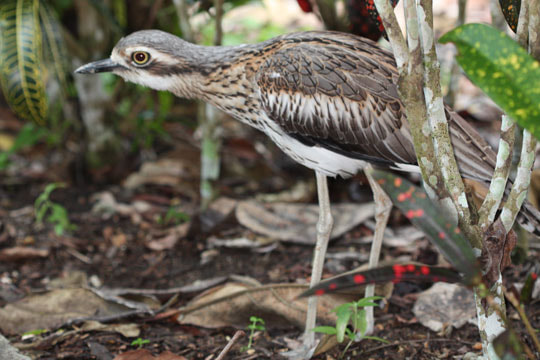

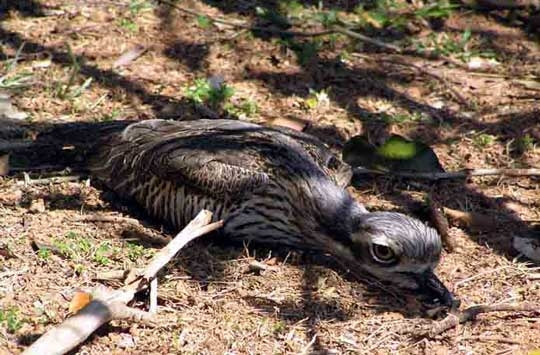
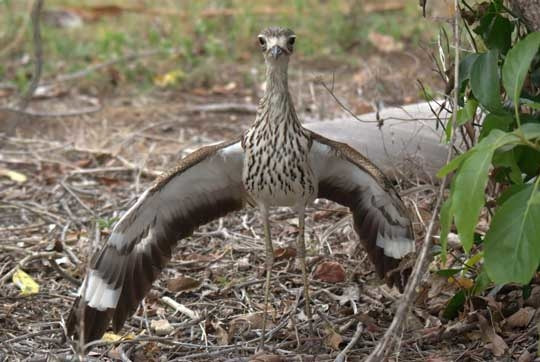
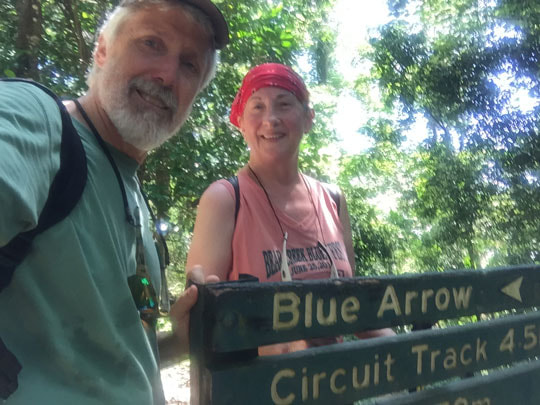
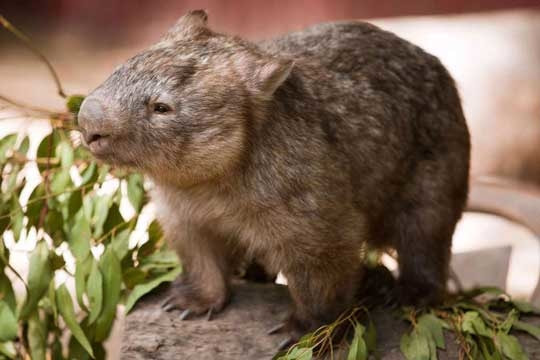
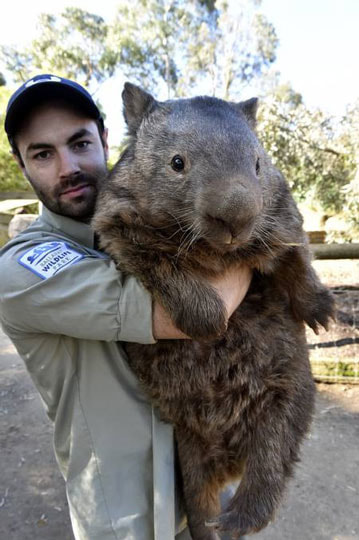
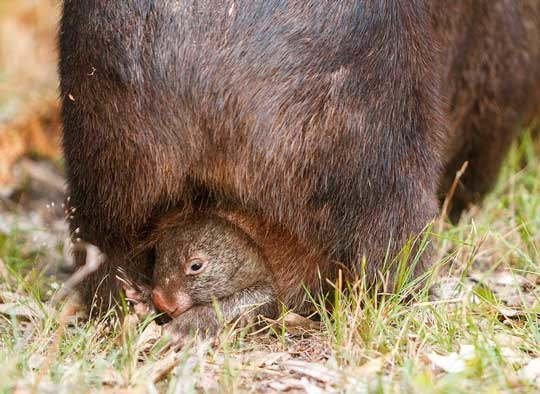
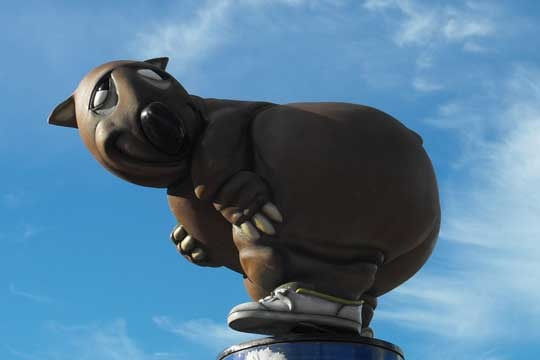
 RSS Feed
RSS Feed